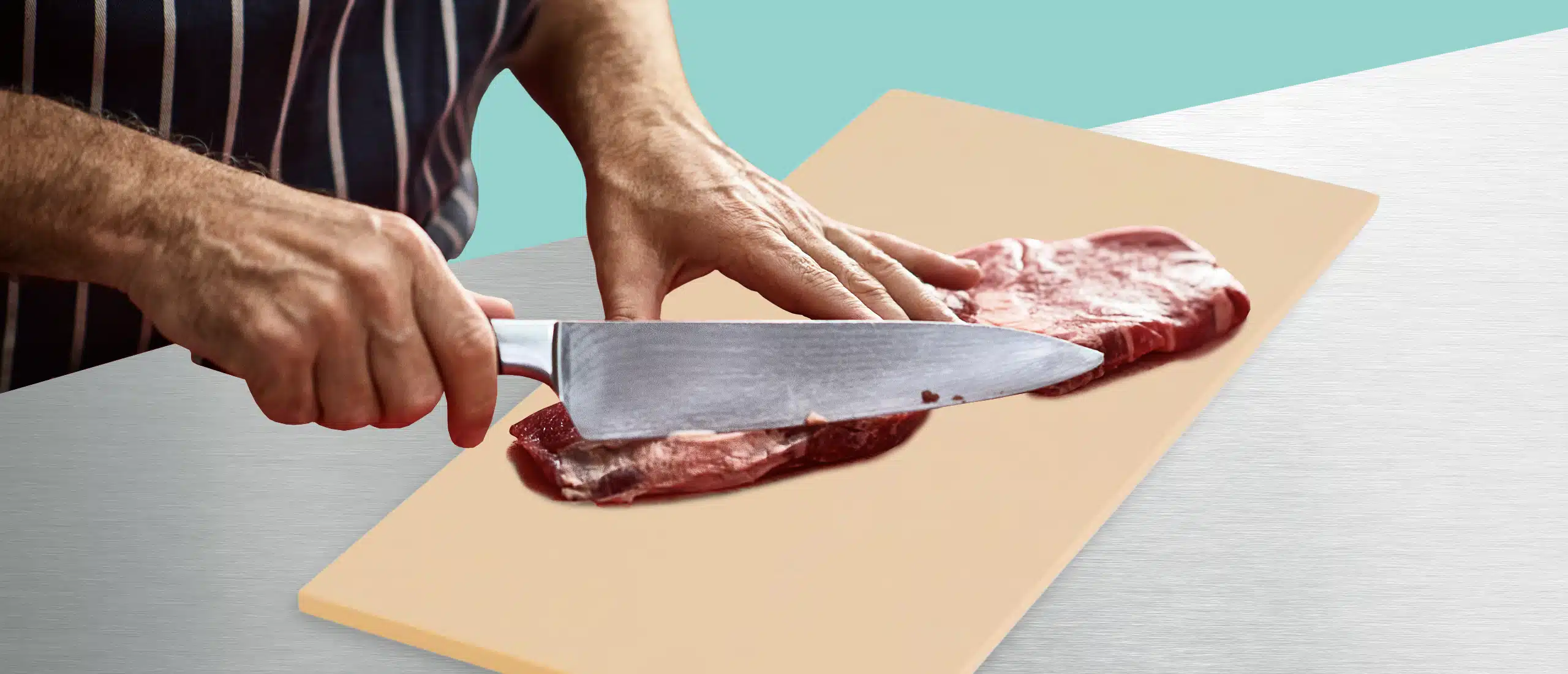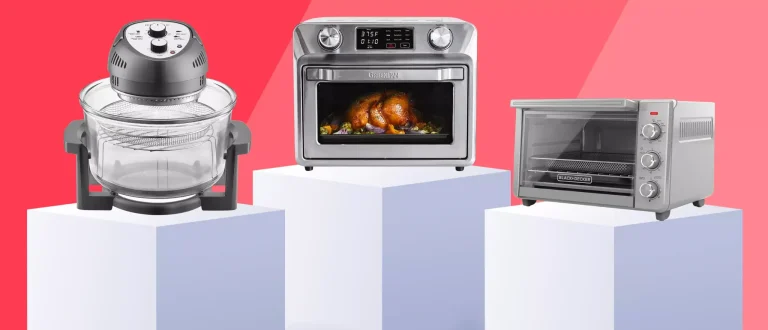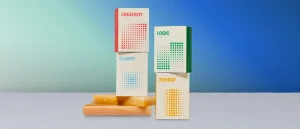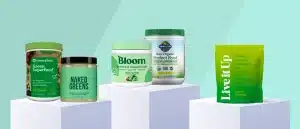Rubber Cutting Boards Are Cleaner, Safer, and Better than Plastic or Wood—Here’s Why
Maybe you don’t have a strong opinion about your cutting board. Those plastic OXO ones you can get for $20-something on Amazon seem perfectly reasonable—durable plastic, rubber feet to hold it in place, dishwasher-safe. While you absolutely should have a strong opinion on your cutting board, it should have nothing to do with the plasticky options of yesteryear. When it comes to durability, sanitation, and professional-grade materials, look no further than a rubber cutting board. Here’s what you should know.
Benefits (and Negatives) of Using a Rubber Cutting Board
Pro: Extra-sanitary
It may surprise you to learn that plastic and wood cutting boards are less sanitary than rubber.
The first and most important reason for this is porousness, or the ability to absorb fluids. Rubber is non-porous, meaning liquid literally cannot penetrate it and it will not absorb said liquid. This means all the raw chicken prepped on it is wiped away with a sponge and some soap, rather than potentially finding microscopic cracks in the board to hide in and contaminate other parts of your meal. Predictably, plastic and wood are porous, and using them regularly makes them even more susceptible to prep fluids staying on the board even after thorough washing. This is because, with every knife stroke, the cutting board itself is cut, opening up tiny areas that are hard to clean but still touch the food you prepare on the cutting board.
Pro: Great for knife sharpness
Every time you run your chef’s knife across a cutting board, you’re degrading the edge of that knife and making it a tiny bit less sharp. This is unavoidable—friction and the lack of a perfectly flat surface means the very thin blade of a chef’s knife is going to harbor tiny fractures throughout, eventually requiring sharpening. Rubber cutting boards limit this, which is one of the key reasons they’ve remained popular in commercial kitchens—where professional chefs are using knives they need to keep sharp for as long as possible—for years on end.
The why of it all is relatively simple, but critical: rubber is significantly softer than plastic and wood. Hard knife strokes on a hard surface are a recipe for a dull knife. Those same strokes on a surface that’s more forgiving result in a knife that keeps its edge for much longer. This is especially true if you’re one of the few that uses carbon steel knives at home, which are much softer than their stainless steel relatives, and yet another reason pro cooks—the primary customers for most carbon steel knife makers—often use rubber cutting boards at work.
Pro: Higher quality materials
From a quality perspective, there are some wood cutting boards that measure up to a decent rubber cutting board (wooden Boos Boards are revered for a reason). Unlike the majority of plastic and wood cutting boards, they’re heavy-duty and do not warp, which is more than a matter of material degradation. A warped cutting board can be a safety concern, as the stability of the cutting board depends on it laying flush with a countertop. If it’s not stable, it can move while you’re using it, which is a quick way to get a few stitches.
Con: Expensive
Like a nice wood cutting board (AKA a non-bamboo board), rubber cutting boards are much pricier than their plastic counterparts. Most range from $60 or so and up, which is about twice the price of a plastic board of the same size. If you have a decent kitchen knife you use often, the extra $30 or so is worth it—it’ll extend the life of your knife, and keep you from honing it constantly. If you have a drawer full of cheap knives, plastic may be the move.
Con: Not dishwasher friendly
You could put a rubber cutting board in the dishwasher, but it’s not recommended. The rubber will be fine, but some boards may warp from the high temperatures. For some, this is a dealbreaker, but I would say that, because the board is non-porous, washing it takes about 10 seconds of soap and water.
Con: Weight (for some users)
What’s a positive for some is a negative for others. Larger rubber boards are as heavy or heavier than their plastic—and in some cases wood—competition. If you’re worried about weight, go for a cheaper rubber board—they’re typically thinner, and therefore lighter.
The Best Rubber Cutting Boards on the Market












